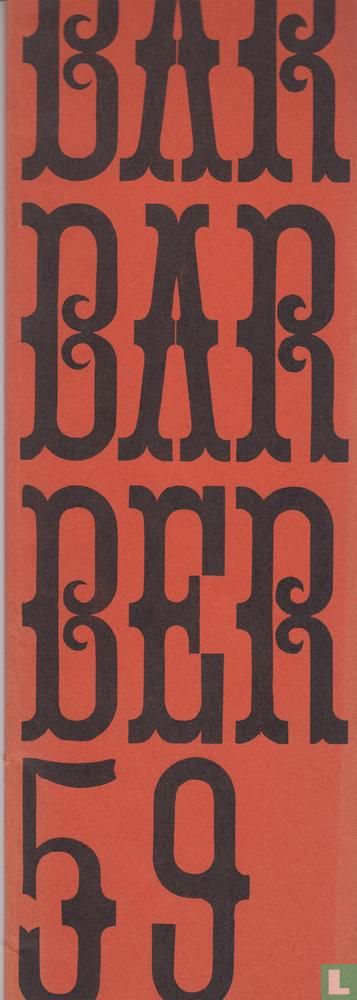Ook ik, Leonardo, hoofddoodgraver van Dodenstad was ooit jong.
En toen las ik Ik, Jan Cremer (1964), de laatste schelmenroman der Nederlandse taal, en ik herinner me hoe onze held Jan op een nacht op het dek van een boot met een vrouw vrijde die haar maandstonden had. Hij had dat niet door en werd ’s ochtend helemaal bebloed wakker, zonder zich te kunnen wassen.
En in een andere scène is hij ’s nachts aan het liften en een auto die hem voorbijrijdt gooit een brandende peuk uit het raam. Hij ziet dat gloeiend puntje vliegen en rent het honderden meters achterna omdat hij zoveel zin in tabak heeft. Het is mooi dat ik mij dat nog herinner.
Rust zacht Jan.

